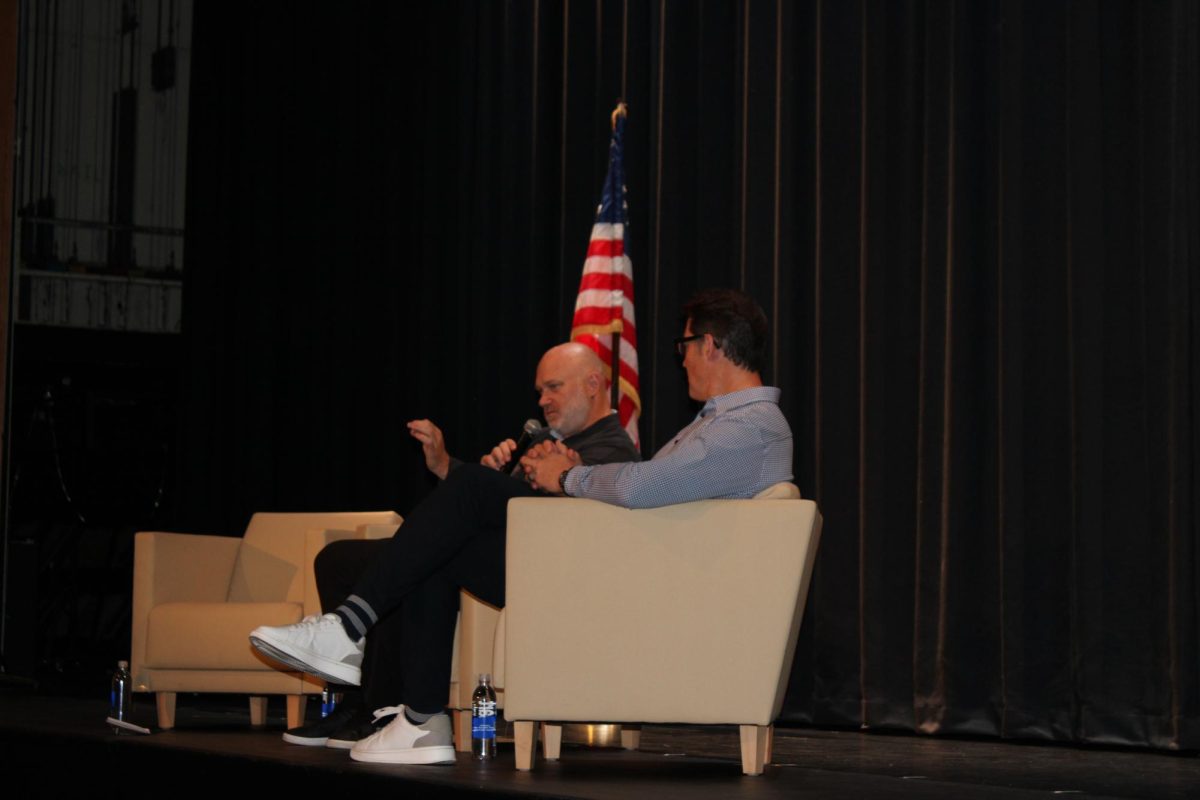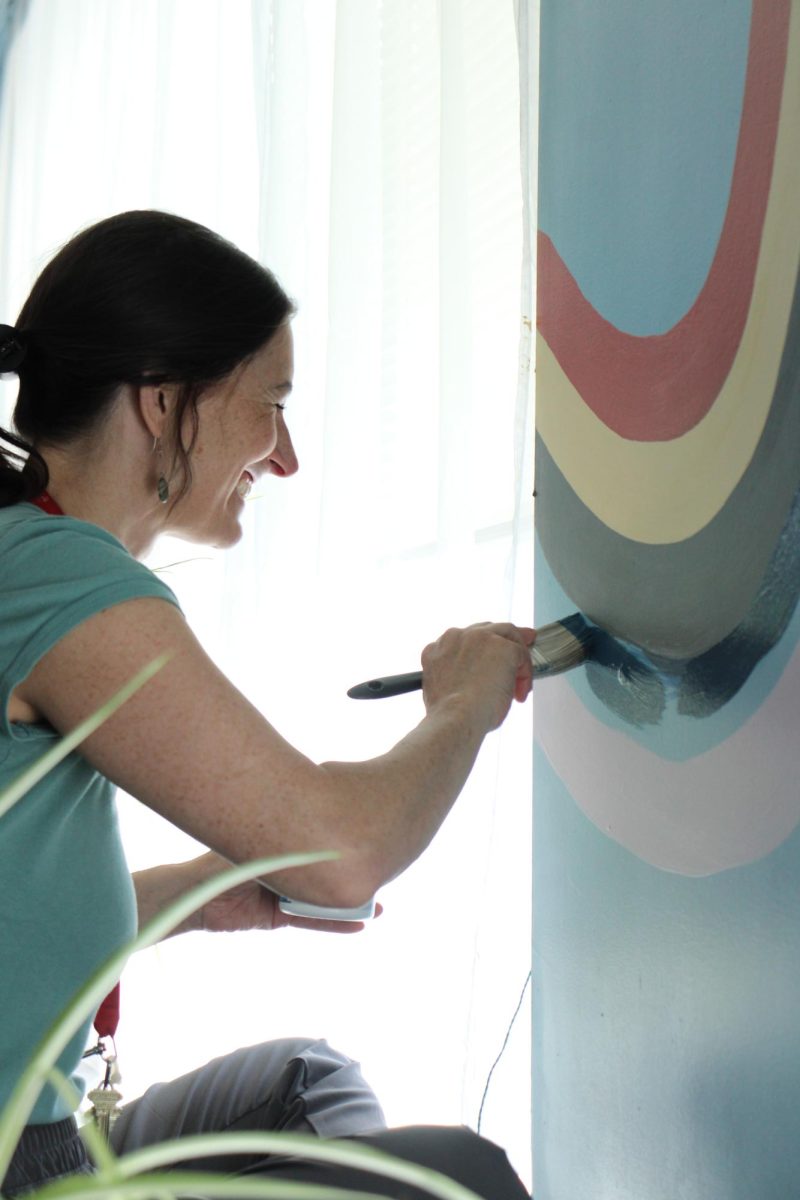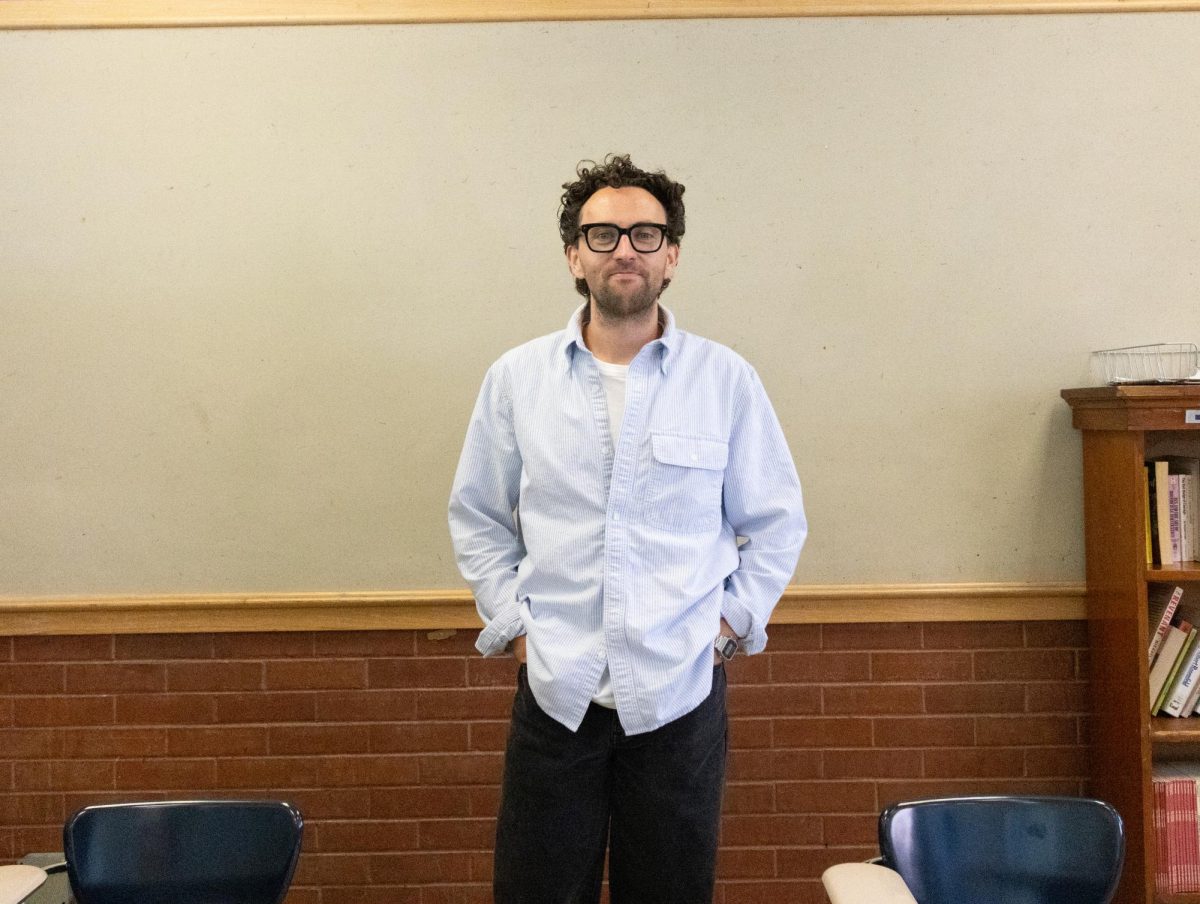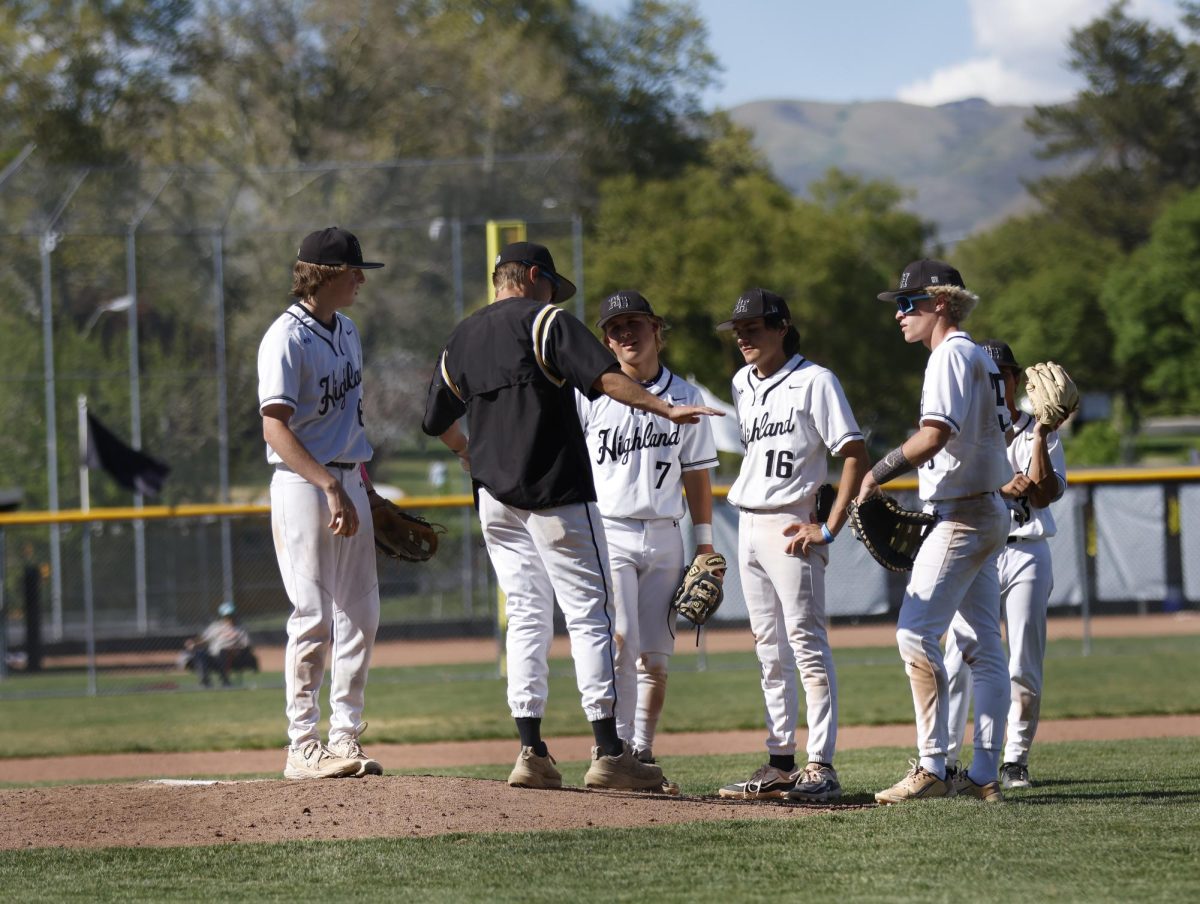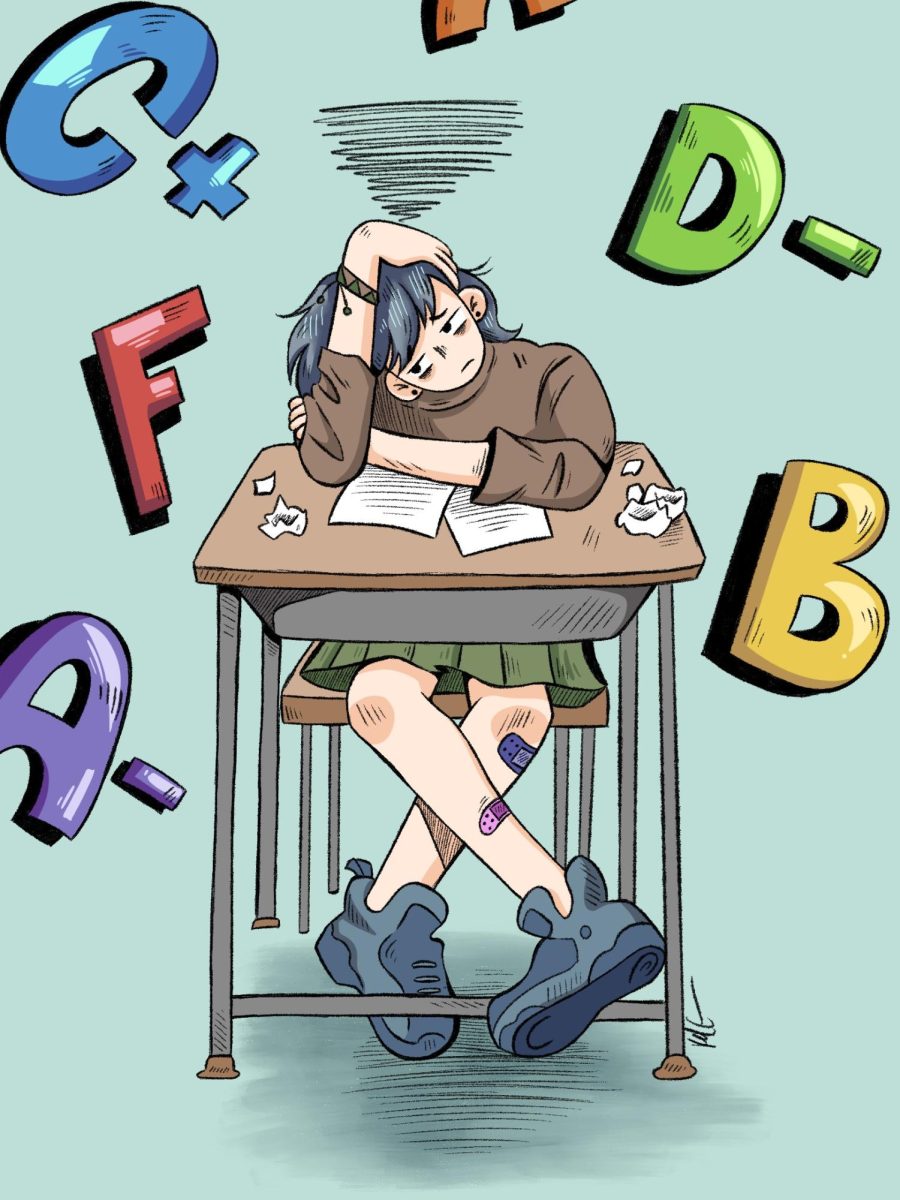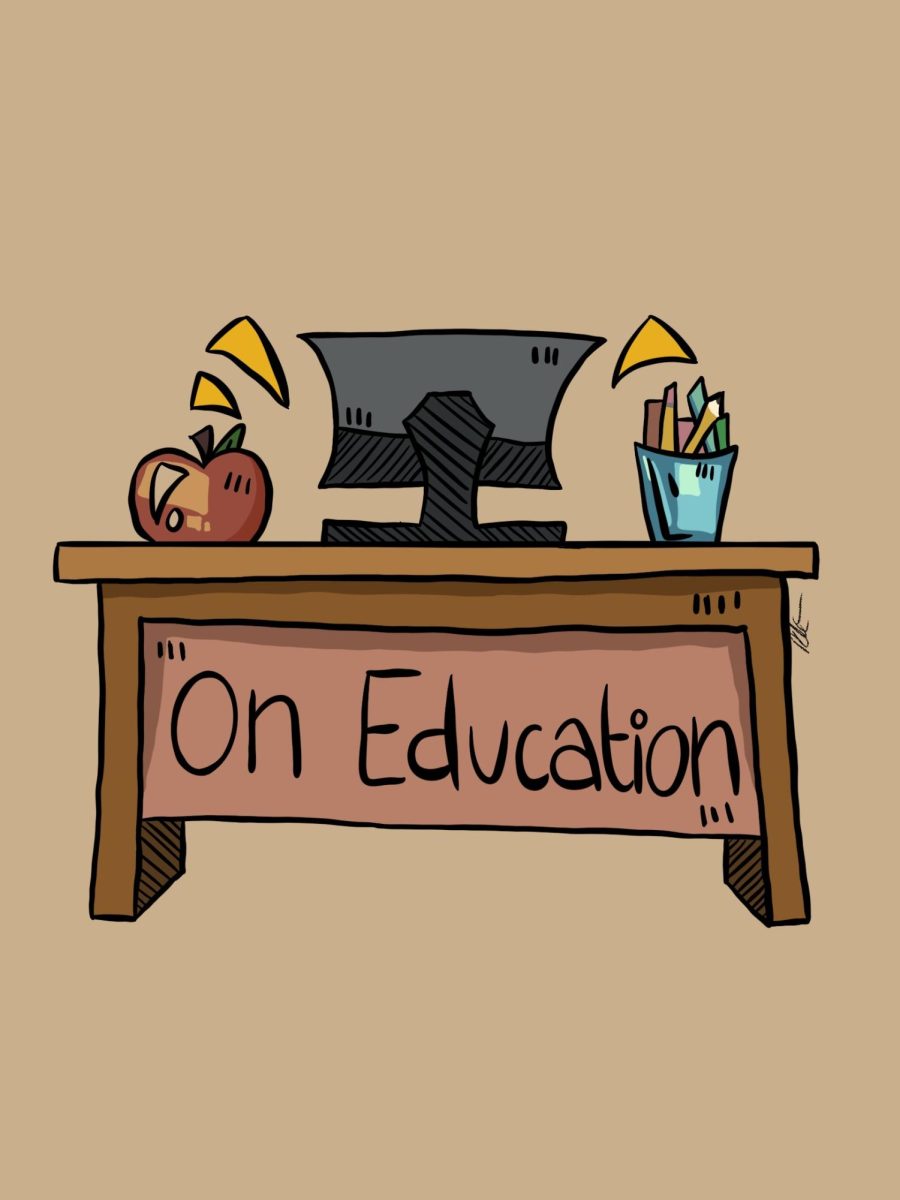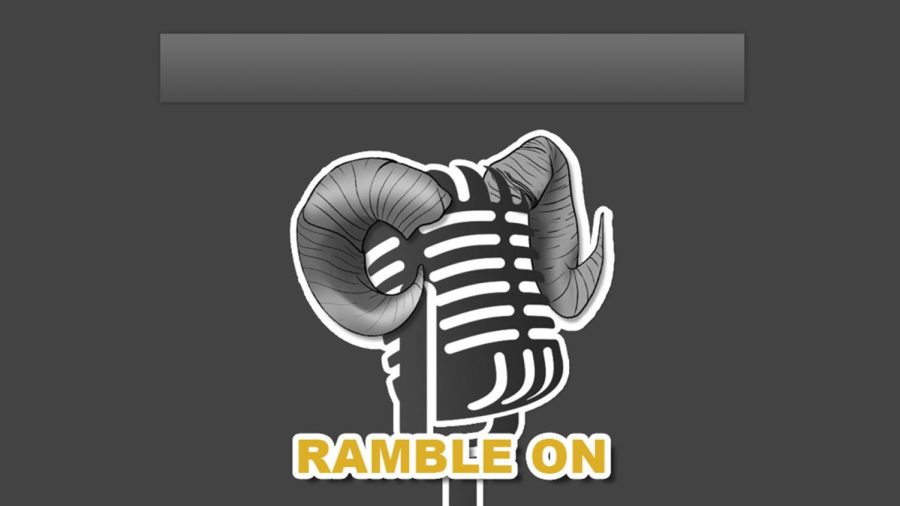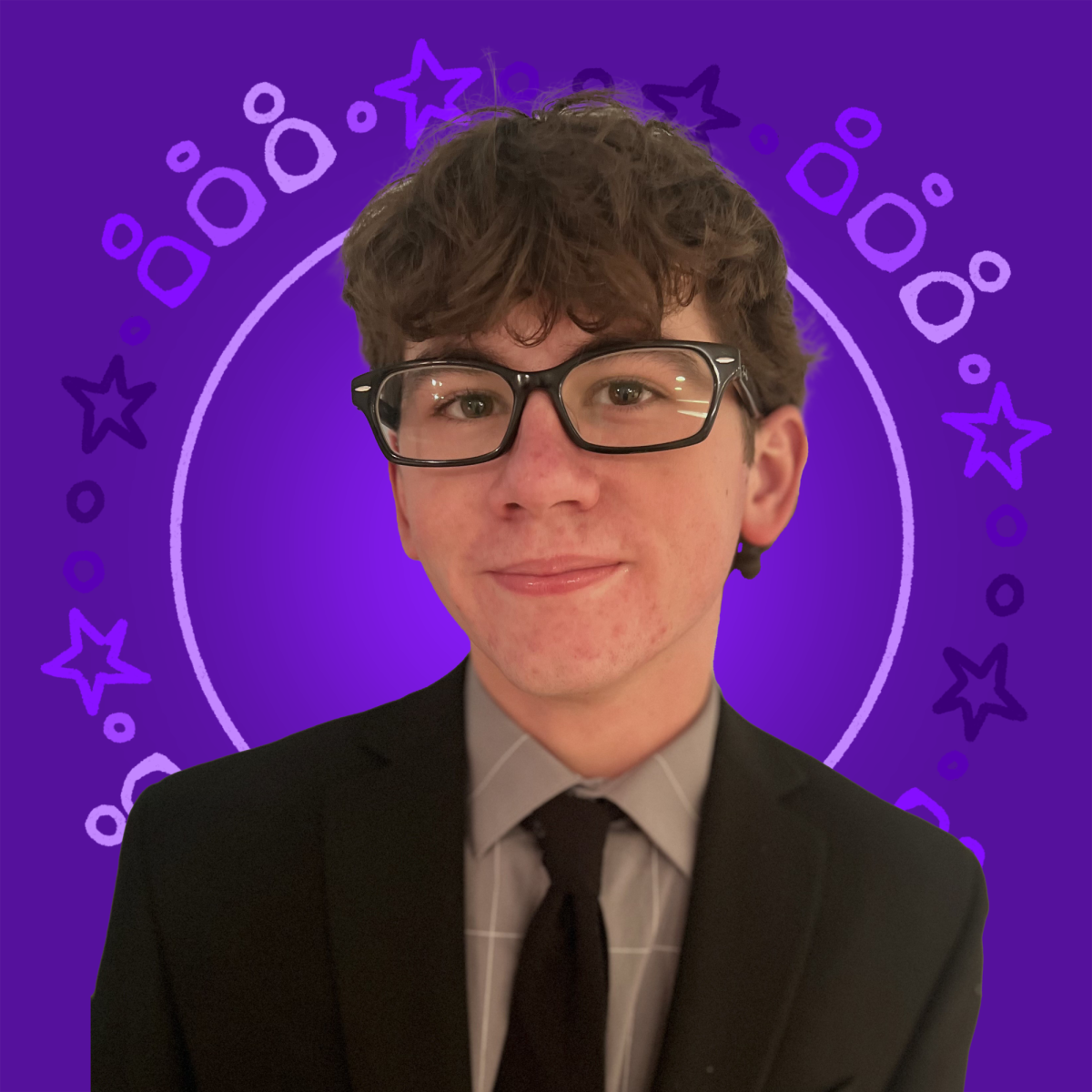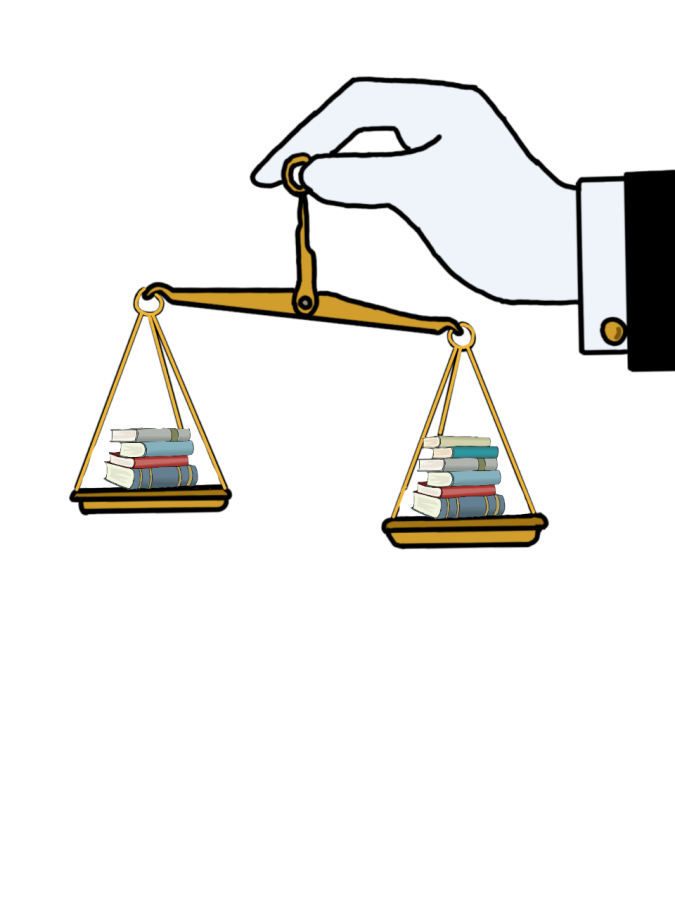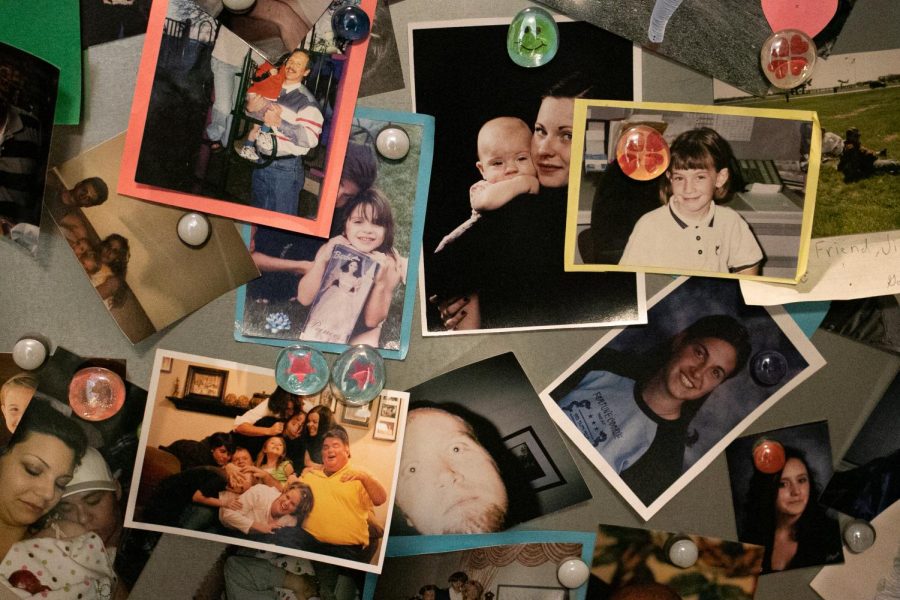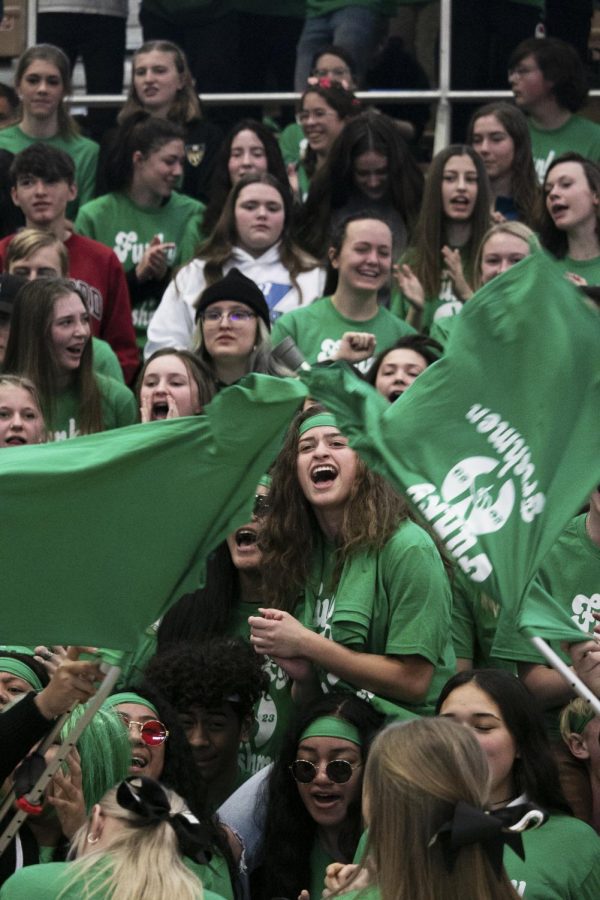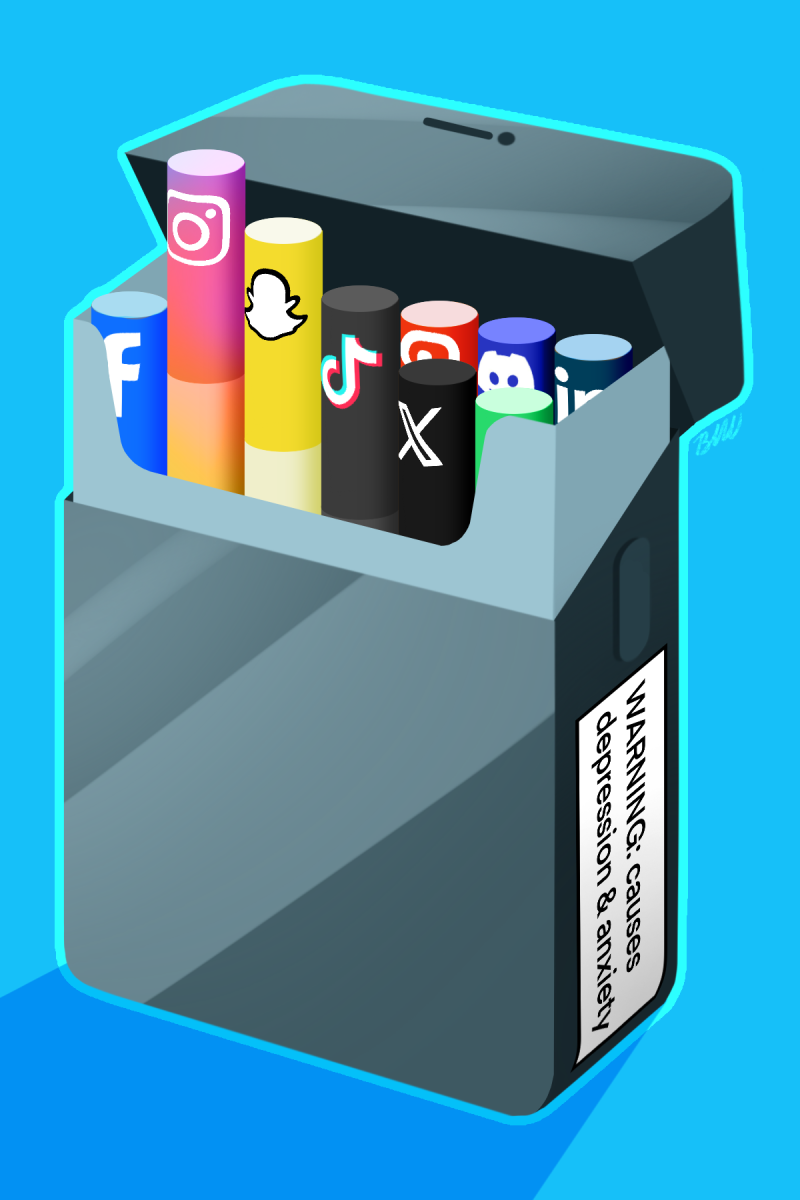For many young adults across the country, a social media app is the go-to when there’s a free moment. But one moment soon turns into five minutes… and then five minutes turns into 30 minutes… and then an hour… and so on.
Nobody can deny that this is unhealthy behavior. Even people who use it and love it.
The medical world has countless studies that illustrate all the negative mental and even physical issues connected to social media overuse. Social media companies themselves know of the dangers. And yet, people don’t want to stop. It appears that they can’t stop. A recent survey done by Statista reports that the average U.S. teenager spends 4.8 hours a day on social media platforms—that’s 20 percent of their day.
In a recent roundtable discussion with a group of Highland seniors, the majority agreed that their lives would be better if social media had never been created – but most still don’t want it completely gone.
But why? The world is more health conscious than ever, but social media is still a big part of millions of lives. What are the reasons that teenagers refuse to acknowledge that this habit is not healthy?
Most teenagers know that social media is bad for them, but most also acknowledge that living without it risks isolation. For teens, the dilemma is real.
One of the first reasons that comes to mind for many is that it’s addictive. When people scroll on social media, their brains are filled with high levels of dopamine, one of the four “happy hormones.” Social media sites are designed to make the brain produce dopamine, giving users a burst of happiness when they use the app. People become addicted to the fast pace of social media and this quick hit of happiness.
“It’s just easy, it’s accessible,” Highland senior Beckett Blalock said. “Like when you’re bored, you can just go on and scroll.”
And the scrolling can go on forever. Nobody ever reaches the end of the social media tunnel.
With dopamine in particular, those high levels of happiness quickly turn into sadness or emptiness when users leave the app. As people spend more time online, more dopamine is released in their brains and the worse they feel after they close the app.
This is why it’s become so easy for not just teens, but anyone, to get addicted to apps like TikTok and Instagram. But the flashy images aren’t the only reason young people spend so much of their time online.
Staying connected is one of the biggest reasons people go online and is why social media was created in the first place. When it’s difficult to see people due to distance or busy schedules, social media apps make it easy to keep up with what others are doing.
“It’s bad, but I also really enjoy it. I use social media to help me know what I like and what’s going on,” Highland freshman Charlotte Eartly said. “It’s such a useful way to feel connected with your community. And all these small shops and small businesses [would suffer if it was gone].”
Finding people online who like the same things and have the same opinions is important to a lot of people—especially when they can’t find those people in person.
Staying connected goes beyond just friends and communities, though, as many people follow celebrities or a favorite music artist, too. How else are teens going to keep up with which celebrities are dating and who’s releasing new music and when they’re going on tour? For others, social media helps them find motivation or inspiration to try new things.
“I think if you know how to use it properly, you can avoid that kind of [bad] stuff,” Highland junior Mia Finch said. “I get a lot of art inspiration off of social media, so I use it for creative reasons. […] And there’s tons of people who use social media for a job and for spreading art and getting known as artists.”
Being in the know, and finding a community, makes people feel good; no teen wants to feel left out or uninformed. This generation is collectively afraid of not knowing everything And social media makes that easy.
A teen wants the recipe for a new after school snack or they want to learn how to curl their hair without heat, social media is the place to go. News sites can be daunting, but social media theoretically makes learning that information a lot easier. But with the high amount of misinformation online, it’s hard for young people to differentiate what’s fact versus fiction.
“We basically grew up with social media, so it’s something that we are familiar with,” Highland senior Rosa Sanchez said. “Anyone could just log into TikTok, make an account saying that ‘I’m a lawyer’ and they can [say whatever they want] but in reality they’re a random person.”
Social media makes sharing information easier, which leads to a lot of misinformation. Sharing information and ingesting it happens at a faster rate than ever before, and people find it hard to not take advantage of that.
Apps like TikTok, Instagram, and YouTube offer people a place where they can express themselves, and for many that’s why they post online. They can share the things they believe in and are passionate about. People love sharing their lives online, but that’s not always the best for the people looking at those photos or watching those videos.
“I think we would be more at peace [if social media wasn’t as big] and I think we wouldn’t base our whole lives around what other people think or what we need to post,” Blalock said. “I think most people use it to try and express themselves in any way that they can, like everyday life. But sometimes that’s a bad thing.”
The question now is when do all these positives—staying connected, being in the know, unlimited self-expression—turn into a negative?
A familiar comparison is the smoking dilemma of the late 1900s. According to the CDC, the first report about the dangers came out in 1964 and was the first step to society accepting that smoking wasn’t good for their bodies and their lungs.
Over the course of 40 years, American society went from being filled with smokers, to smoking getting banned in public places and on public transportation like busses and planes.
It took a long time for society to shift away from smoking, but it has. It took many studies showing the dangers of it to convince people to quit. But for those who were addicted, it was still difficult to completely rid oneself of the habit.
Social media is no different. With the current social media dilemma, studies upon studies are being released showing the dangers of social media to people’s mental health. For example, a study done by the University of Pennsylvania said that depression and anxiety increased significantly after people used social media for extended periods of time. Body dysmorphia, eating disorders, and suicidal ideations are also common among people who use social media extensively.
When TikTok—one of the most popular social media sites according to Pew Research Center—was banned in January, users flocked to sites like Instagram Reels or YouTube Shorts to get their 60-second-content fix. Many Americans also joined the Chinese-owned RedNote app as a push against the U.S. government. While TikTok was only down for a few hours, the frenzy that occurred leading up to that day exposed Americans’ addiction to social media. The fear of the app being gone brought some creators to tears while others spilled their secrets, thinking it would all be gone.
Pew Research center said a third of American adults reported using TikTok in 2023. A similar study was conducted in 2024 measuring specifically teenagers. This one showed that 63% of teens said they used TikTok. Additionally, 90% said they used YouTube, and 61% said they used Instagram.
Of the three, Instagram is facing the most backlash due to the declining mental health of their users. Many teens and their parents are filing lawsuits against Instagram and its parent company, Meta, saying that they were not warned of the potential risks that came with using the app. Many states are considering banning social media for teens until they turn 16. Utah is one of these states.
On multiple occasions, Meta has been accused of prioritizing profit over its users’ safety. Ads are most often targeted to a younger audience and take advantage of teens being more impressionable than adults. The bright colors and addictive nature of scrolling make it easy for apps like Instagram to take advantage of their audiences.
“Honestly, I think Instagram [is the most addicting], at least for me because it has so many different aspects of the other apps,” Highland senior Astrid Ostling said. “It has videos, like TikTok, but also still photos and stories and all that.”
Social media has many benefits—like staying connected with old friends and having a good laugh at a funny TikTok—but when teens spend too much time online, it takes a toll on their mental well-being. But now young people are being forced to ask themselves the question: is it worth it?
“Having a distraction—especially in this day and age, the world that we’re living in is just so stressful and I think everyone needs a distraction and it’s something that most people have access to, to really just shut your brain off,” Highland junior Mitzi Davis said. “I think on a personal level, everybody needs to know what’s going on with the world, just to be educated. [But] I think everybody would be happier and nicer if social media wasn’t such a big thing.”
For now, it appears social media is not going anywhere, but can people change their habits to make it less damaging.

